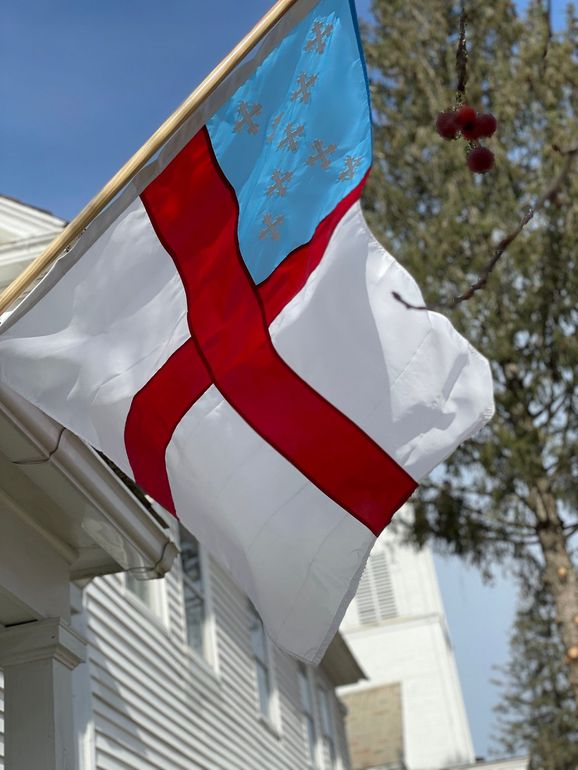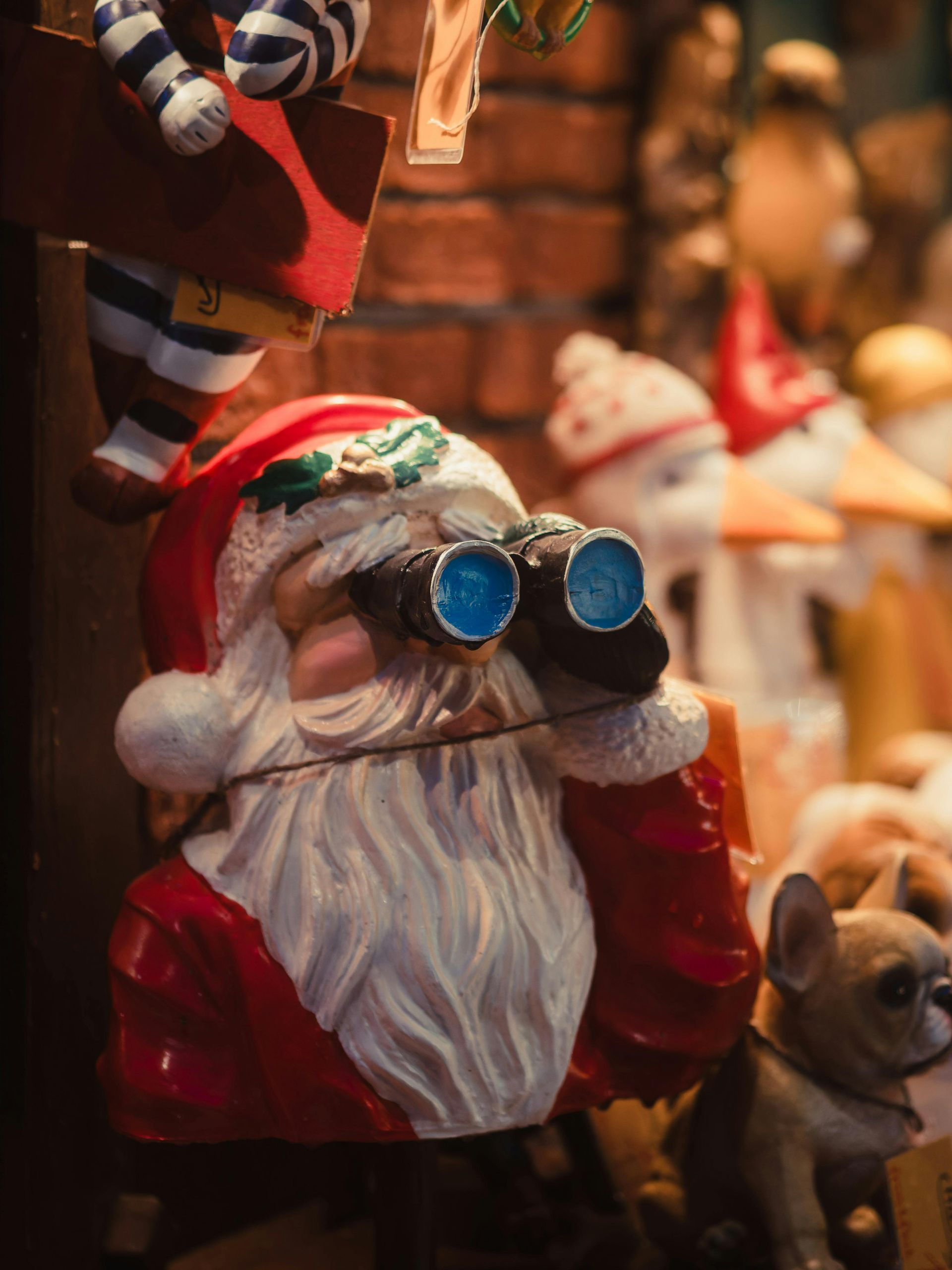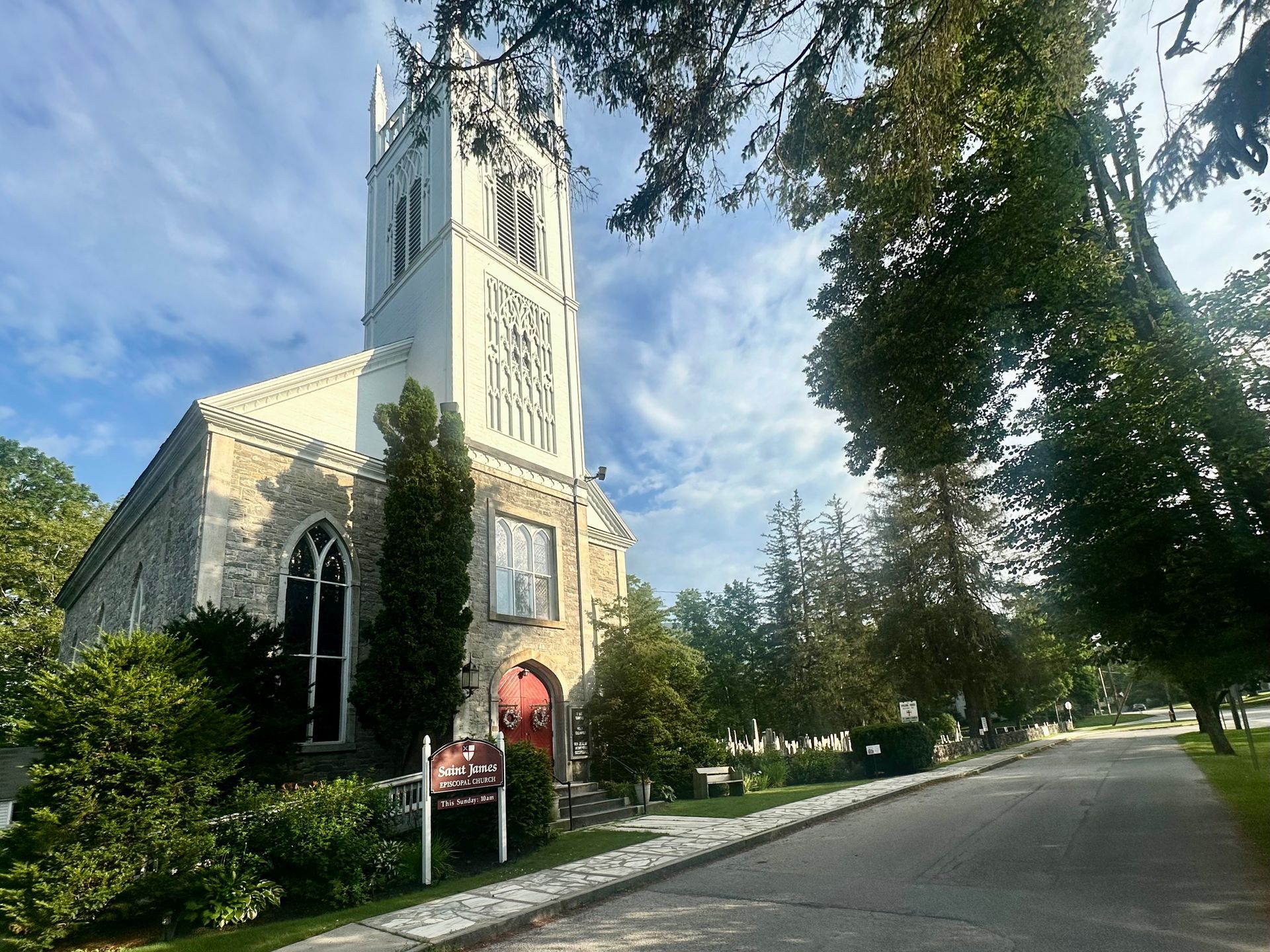ST. JAMES
AT A GLANCE
"The Episcopal Branch of the Jesus Movement"
- Presiding-Bishop Michael Curry
Formed as a “Middle Way”, the Episcopal Church combines the best of the Roman Catholic and Protestant traditions, ensuring consistency of structure and worship, but allowing for individual conscience. Over the years, the middle way has become a way of being as a denomination, helping us to open wide to people of all walks of life.
Know that whoever you are, you are beautifully and wonderfully made.

Upcoming Events
Sun Oct 19- 10 AM, 19th Sunday of Pentecost, Holy Communion
Join us in the sanctuary at 10 AM for Holy Eucharist. The service will also be available via Zoom. All are welcome!
Sun Oct 26 -10 AM, 20th Sunday of Pentecost, Morning Prayer
Join us in the sanctuary at 10 AM for Morning Prayer. The service will also be available via Zoom. All are welcome!
Sun Nov 2- 11 AM, All Saints Day, Holy Communion
Join us in the sanctuary at 11 AM for Holy Eucharist. The service will also be available via Zoom. All are welcome!
Sat Nov 8- 5:30 PM, Candlelit Taizé with Holy Communion
You are invited to join us at 5:30 PM in the sanctuary for a Candlelit Taizé with Holy Communion. Everyone is welcome!
Sun Nov 9- 10 AM, 22nd Sunday of Pentecost, Morning Prayer
Join us in the sanctuary at 10 AM for Morning Prayer. The service will also be available via Zoom. All are welcome!
Our Worship Pattern
Daily Office via Zoom
Start your day with a 20-minute prayer.
Tues. - Thurs. at 8:30AM via zoom
[click here to join]
Sunday Services
1st & 3rd Sundays of the month:
10AM - Holy Eucharist
2nd & 4th Sundays of the month:
10AM - Morning Prayer
5th Sundays & Holy Days:
11AM - Holy Eucharist
Connect with us
Whether you're an introvert or an extrovert, new to the Episcopal faith or been part of it your whole life, we look forward to getting to know you!
74 Church Street. Arlington, Vermont 05250
Clergy Articles & Reflections






